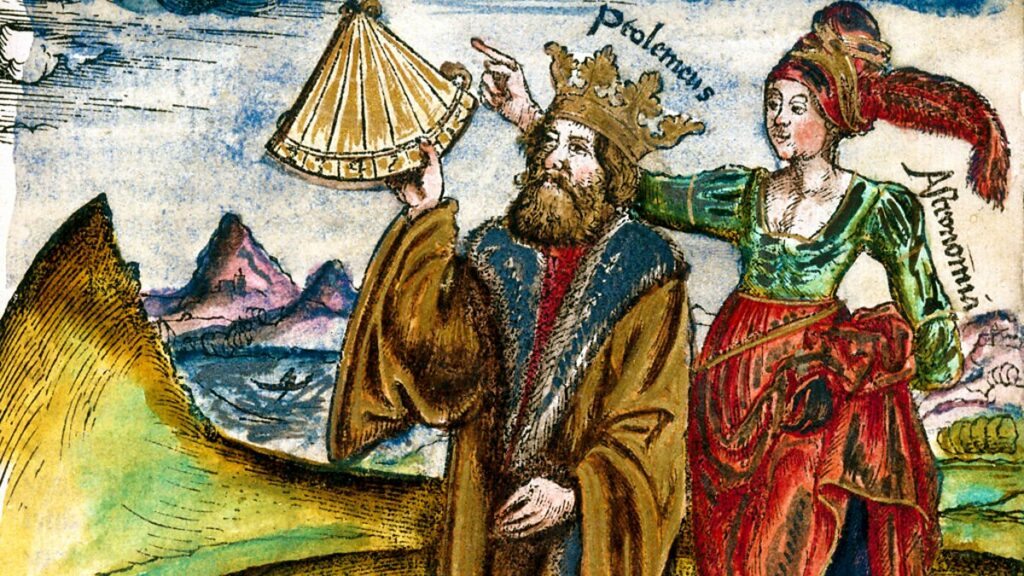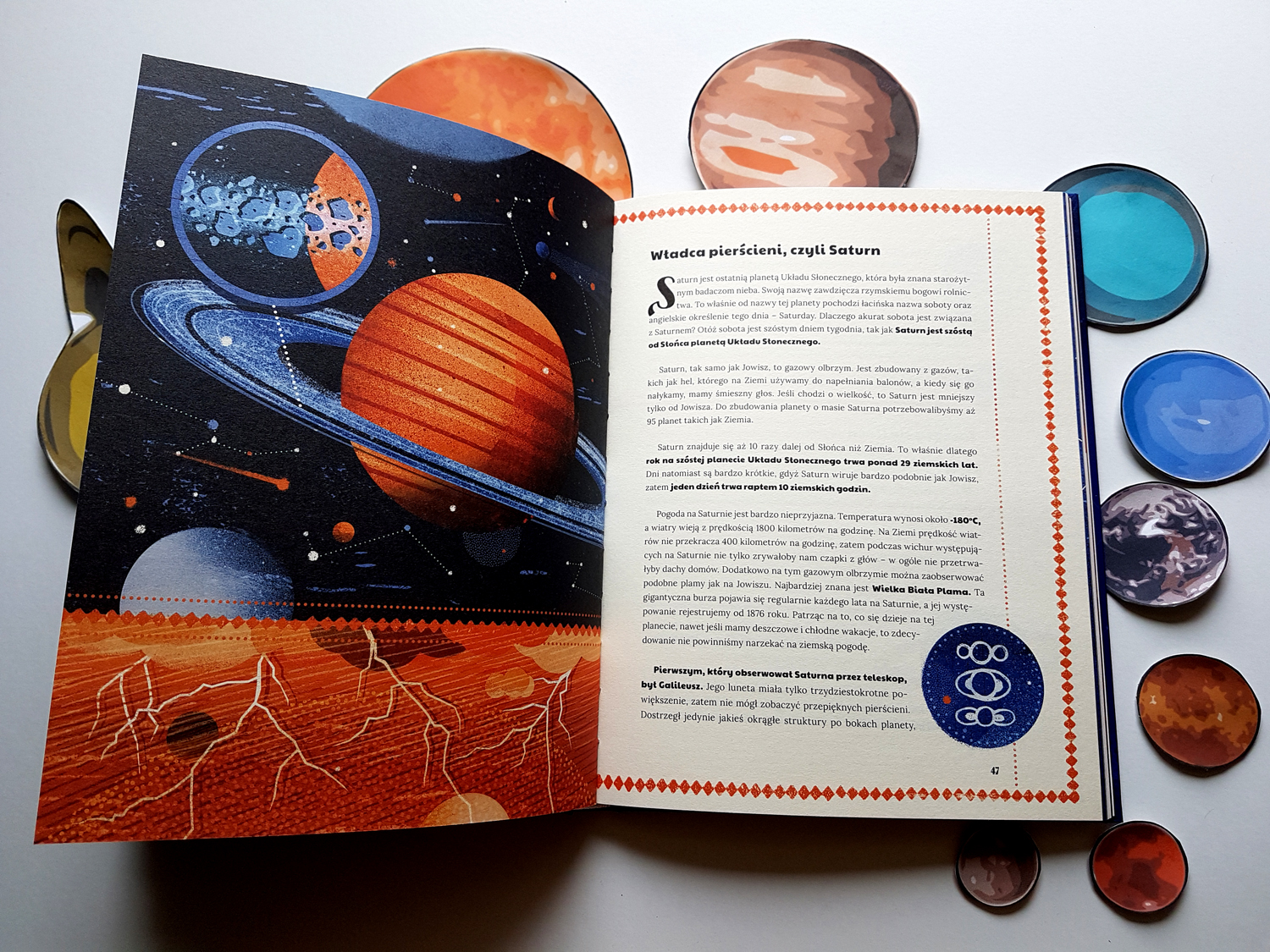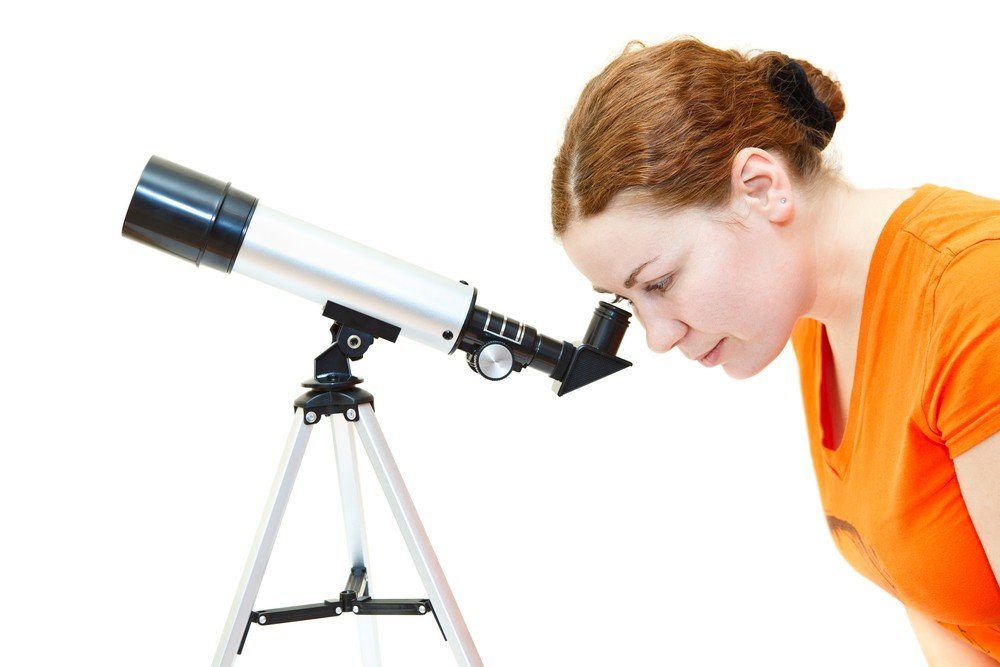Astronomy in Antiquity: Learn all about it!
Astronomy is one of the oldest sciences. Ancient people used the positions of the stars to navigate and figure out when is the best time to plant. Astronomy in antiquity is very similar to astrophysics. Cosmology is a related discipline related to the study of the entire universe and the way the universe changes over time.
Remembering that astronomy in antiquity is different from astrology, which believes that the movement of stars and planets can affect human life. And in this text we are going to about Astronomy in Antiquity.
What do Asttalk ronomers do? – Astronomy in Antiquity
Generally speaking, astronomers try to understand how the universe works. From the planets in our solar system to the evolution of stars and nebulae, to the entire galactic system, to the characteristics and fate of the entire universe.
Modern astronomy is an interdisciplinary science, which is based on and promotes the development of areas such as physics, chemistry, computer science and mathematics.

Spacecraft can only reach the nearest astronomical object (everything within our solar system) within a reasonable time. Information about all other objects comes indirectly from telescopes or ground satellites that orbit the Earth and observe the light emitted or reflected by these objects.
The collection and detailed analysis of this light is essential to uncovering the mysteries of the observable universe. The telescope’s sole purpose is to collect this light. Astronomers are responsible for analyzing and interpreting this data.
Is she that old?
Until 500 years ago, people thought the world was flat. In 1609, Galileo Galilei made his first telescope and observed Jupiter’s moons in the Milky Way, lunar craters and thousands of faint stars. His telescope had insufficient power, but it opened a door to discovery.
The history of astronomy in antiquity up to the Galileo telescope and Newton’s mathematical formulas is more fascinating than the history of any other branch of science, and by following the progress of science, we can better understand the Earth, planets and stars. In the previous section, we studied ancient archaeological astronomical sites and how the development of calendars and navigational tools sparked civilization.
Cradle of Civilization in Antiquity
Primitive people believed that the earth was flat and the whole sky revolved around the earth. This is still obvious to those who believe. After all, to them, the earth does not seem round. The ball will not roll endlessly on the surface. The earth cannot rotate, otherwise we will feel movement and remain dizzy.
Even modern TV weathermen mention sunrise and sunset. They either believe the earth is at the center or are too lazy to say, “The earth will rotate towards the sun at 7:22 am and come out of the sun at 6:54 pm. The earth is flat.”
Ancient beliefs about astronomy in antiquity
In each place they had their beliefs and legends about astronomy in antiquity.

The Indian Vedic Fathers:
They believed that the earth was supported by twelve huge pillars. In the moment of darkness, the sun somehow passed from below between the pillars without hitting them.
The Hindus:
They believed that this land was located on the backs of four elephants. These elephants sit on the shells of giant tortoises, and the tortoises are supported by a giant snake that floats indefinitely in the ocean.
The Chinese:
They believed that the solar eclipse was caused by a dragon trying to devour the sun. They made as many sounds as possible to scare the beast. The participation of all the people, shouting, wailing, beating gongs and drums, added to the uproar. Eventually, they found that after 18 years and 11 days any solar eclipse can occur.
By keeping records, they can always prepare for “the return of the dragon”. During the year, the solar eclipse occurred at an unexpected time and people were taken by surprise by the “dragon”. The emperor was so angry that he immediately ordered court astronomers Hsi and Ho to be executed.
The Egyptians:
They lined up their pyramids with stars. This important fact helps us determine the approximate age of the pyramid by measuring the direction of the pyramid’s position relative to the known position of Polaris (the star appears to remain in the same position, but actually moves a bit due to precession and rotation).
Other archaeologists claim that the Great Pyramid is aligned with the star in Orion because, theoretically, when the pyramid is built, it is impossible for Polaris to be in a perceived position in the sky. Anyway, the connection between these very ancient buildings and constellations shows how important it was for the ancient Egyptians to study the night sky.
The Israelis:
They believed that God created everything within 6 days, and the flat earth was at the center of the universe, while everything else revolved around it.
The Bible records that there was a battle between Israel and the Amorites. In Joshua 10, Israeli army leader Joshua prayed to God to give them more time to finish the battle.
Joshua’s prayer was answered: “The sun stopped during the day, which delayed the setting of the sun for an entire day. There was never a day like this before the Lord heard a person.”
Peoples of Mesopotamia – Astronomy in Antiquity
They are the first to systematically observe and record astronomical phenomena. They defined the concepts of day, month and year and organized the first calendars.

Astronomy in Babylonian Antiquity
It is a study or record of celestial bodies during Mesopotamia. These records can be found on Sumerian clay tablets in cuneiform writing dating back to 1000 BC. The Sumerians combined their mythology to develop an astronomy that influenced Babylonian culture. The planet’s gods played an important role.
Astronomy in Babylonian antiquity seems to focus on a group of stars and constellations called the Ziqpu stars. These constellations may have been collected from a number of earlier sources. Early catalogues, each with three stars, mentioned the Akkadian Empire, Amurru, Elam and other stars.
A hexadecimal-based numbering system is used. The system simplifies the calculation and recording of very large and small numbers. From the Sumerians, modern practice of dividing the circle into 360 degrees.
Babylonian astronomers developed a new empirical method for astronomy in antiquity.
They began to study and record their beliefs and philosophical systems that dealt with the essence of the ideals of the universe, and they began to adopt internal logic in their predictive planetary systems. This is an important contribution to astronomy in antiquity and the philosophy of science: some modern scholars call this new method the first scientific revolution.
This astronomical method was adopted and developed in Greece and in Greek Greek astrology. Classical Greek and Latin sources often use the term Chaldean to refer to the astronomers of Mesopotamia, who are considered priests – scribes specializing in astrology and other astrology.
Only fragments of astronomy in Babylonian antiquity survive, composed mostly of contemporary tablets containing astronomical diaries, ephemeris, and procedural text; therefore, current knowledge of Babylonian planetary theory is in a state of fragmentation.
However, the remaining fragments indicate that astronomy in Babylonian antiquity is the first attempt to successfully provide an exact mathematical description of astronomical phenomena and in the Hellenistic world, in India, Islam and the West they are decisive and fundamental. astronomy in ancient Babylonia.
Ancient Babylonian
Astronomy in ancient Babylonian antiquity was performed before and after the First Babylonian Dynasty around 1830 BC and before and after the New Babylonian Empire around 626 BC.
The Babylonians were the first to recognize that astronomical phenomena are periodic and apply mathematics to their predictions. A tablet dating back to Babylon records the application of mathematics to altering the duration of daylight in the sun.

The Babylonians observed celestial phenomena for hundreds of years and it is recorded in a series of cuneiform scripts called Enûma Anu Enlil – the earliest important astronomical work we have is Enma Anu The 63rd Enlil Monument, which is a visible observation of Venus in the form of Venus of Ammisaduqa at about 21 years.
This is the oldest evidence that planetary phenomena are considered to be periodic. An object called an ivory prism was found in the ruins of Nineveh.
First of all, it is probably to describe a rule of the game, which was later interpreted as a unit converter to calculate the movement of celestial bodies and constellations. Babylonian astronomers developed zodiac signs. They are composed of the sky divided into three groups of thirty-three degrees and the constellation that inhabits each sector.
Astronomy in Antiquity
They also differentiate between planets (wandering stars) and stars (fixed stars). They recognized the planets observable with the naked eye – Mercury, Venus, Mars, Jupiter and Saturn – and developed mathematical methods to calculate their movements and those of the Moon.
Planetary theory
The Babylonians were the first civilization to have a theory of planetary functions. The oldest surviving planetary astronomical text is the Babylonian tablet of Venus of Ammisaduqa, which is a list of observations of the planetary motions of Venus copied in the 7th century BC, which can be traced back to the 2nd thousand years BC.
Babylonian astrologers also laid the groundwork for eventually becoming Western astrology. Enuma anu enlil, written in the Neo Assyrian period of the 7th century BC, included a series of signs and their relationship to various celestial phenomena, including the movement of planets.
Greek astronomy
The Greeks are the first to claim that the Earth is spherical, rotates around the Sun and that the Moon only reflects sunlight. They organize several star catalogs and even claim heliocentrism, 15 centuries before Copernicus, although geocentrism is predominant.
In this area, the Greeks displayed extraordinary talents. Astronomy in observational antiquity is the main form of astronomy elsewhere, taking a step further in Greece: they tried to build a cosmic model that could explain the observations.
They explored all possible options and considered many different solutions to the various astronomical problems they encountered. Not only did they foreshadow many ideas of modern astronomy, but some of them lasted around two thousand years.
Even in Isaac Newton’s day, Cambridge University was still teaching certain aspects of Aristotle’s cosmology.
Geocentrism
The astronomical knowledge of antiquity is summarized in the work Almagest, by Ptolemy. Written in the 2nd century AD, it affirms geocentrism and builds a model of the cosmos that has been accepted as true for over a millennium.
In ancient astronomy, the geocentric model is an alternative description of the Earth, where the Earth is at the center. Under the geocentric model, the sun, moon, stars and planets revolve around the earth. The geocentric model is the main description of the universe by many ancient civilizations, such as Aristotle in classical Greece and Ptolemy in Rome and Egypt.
The geocentric model entered astronomy in Greek antiquity and philosophy from the very beginning. It can be found in pre-Socratic philosophy. In the 6th century BC, Anaximander proposed cosmology with the Earth in the form of a cylinder (cylinder) erected in the center of everything.
The sun, moon and planets are holes in the invisible wheels around the earth. Through the hole, humans can see the hidden fire. At the same time, Pythagoras believed that the Earth was a sphere (based on eclipse observations) but not at the center.
He believed he was moving around invisible fire. These views were later combined so that educated Greeks in the 4th century BC believed that the Earth was a sphere at the center of the universe.
Cosmology
Unlike the worldview proposed in Mesopotamian and Assyrian-Babylonian literature, especially the worldview in Mesopotamia and Babylonian mythology, little is known about the cosmology and worldview of ancient Babylonian astrologers and astronomers.
This is largely due to the fact that Babylonian planetary theory is currently fragmented and also because Babylonian astronomy is independent of the cosmology of the time. However, traces of cosmology can be found in Babylonian literature and mythology.
In Babylonian cosmology, earth and heaven are described as “all space, even a circle”, and mention “the perimeter of heaven and earth” and “all heaven and earth”. Their worldview is not entirely geocentric.
The geocentric theory that the center of the earth is the exact center of the universe does not yet exist in Babylonian cosmology, but was later proposed by the Greek philosopher Aristotle. On the other hand, Babylonian cosmology believes that the universe rotates cyclically under the condition of equality and unity between heaven and earth.
The Babylonians believed in many heavens and earths. This idea goes back to Sumerian incantation in the 2nd century BC, referring to seven heavens and seven earths, possibly linked to the creation of seven generations of gods in chronological order.
Calendars
The astronomical calendar is based on continuous observations; for example, the Islamic religious calendar during the Second Temple period and the ancient Jewish religious calendar.
This calendar is also called an observation-based calendar. The advantage of this calendar is that it is perfect and always accurate. The downside is that it is difficult to determine when a specific date will occur.
Almost all ancient peoples developed lunar calendars, based on the phases of the Moon: they divided the year into 12 months of 29 or 30 days, for a total of 354 or 355 days. The lag of 11 days from the solar year is corrected by adding an extra month at the end of a certain number of years.









